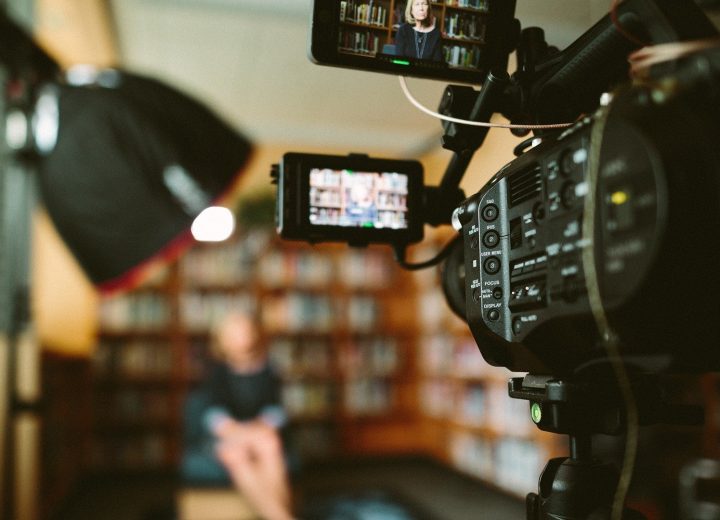It’s All About Video
Now that more people are working from home, they are using video to communicate to staff, clients and even pitching for work. However, the
conversation often leads people to talk about cameras or various apps when it shouldn’t do.
The most important things first
The key ingredients to decent video are in this order: sound and lighting followed by content. You’ll notice I purposely didn’t include cameras or apps!
Sorry, I can’t hear you!
Sound is important because bad sound is unforgiveable;
if people can’t hear what’s being said then you’ve lost the audience
and it becomes a frustrating experience. Good sound goes unnoticed. We
take it for granted and that’s a good thing, but we always pick up on
bad sound. It’s important to get sound sorted first.
Most headphones such as Apple AirPods or Samsung headphones now have good quality audio. Don’t rely on a laptop in-built mic which may be a couple of years out of date.
Is your camera on? Are you in a cupboard? It’s really dark!
Bad lighting just looks awful. If the subject is too dark or over blown with bright light the video looks unnatural and distracting. It’s worth mentioning that we read faces; we need to be able to follow what people are doing physically as well as listening to them otherwise the disconnect causes distractions and will frustrate those watching it.
There
are some simple tricks to good lighting. They include making sure you
have two sources of light. One that is directed towards the face and
another light that is aimed to one side of a person’s face. This helps
create depth in an image and can be done with something as simple as a
white piece of card which reflects light back onto the face in a well-lit room.
Wow, that was really boring.
The final point is the content itself; you can have great content but if people can’t hear or see it properly, they are not going to watch it. Content
itself should be contextual, always think about the audience and what
they are trying to get out of it. Whether it’s an internal catch up, a
meeting with a client or prospecting for work. But thinking of the
audience first, you’ll be conscious of time, content and delivery.
There is not much worse than a monotonous presenter who reads off a script for 30 minutes. No one has the time or the will to sit through that so make it interesting and punctuate the content with references and stories that relate to the audience. Remember, it’s about them and their experience.
SC










